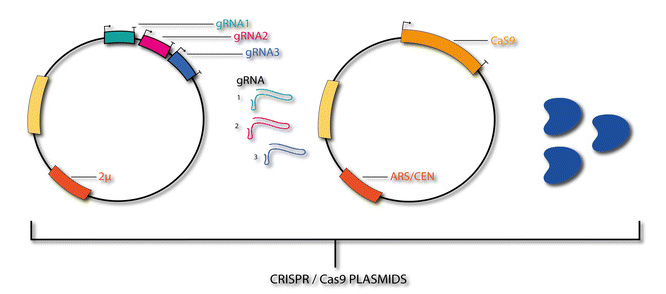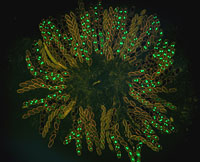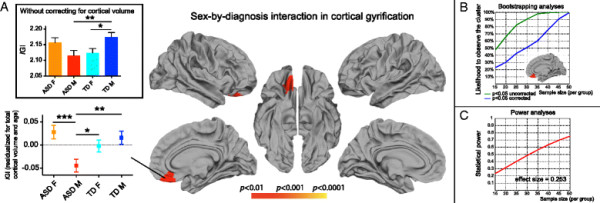
Fast and cost effective genome integration with CrEdit

Efficient gene editing tools are essential for studying cellular processes and in engineering organisms for biotechnology and medicine. RNA-guided CRISPR/ Cas9 technology has been used for gene editing in various organisms.
One of the bottlenecks in production of biochemicals and pharmaceuticals in yeast is stable and homogeneous expression of pathway genes. Ronda et al. have developed a novel method called CrEdit (CRISPR/Cas9 mediated genome Editing) that enables fast and cost effective genome integration for engineering of a species of yeast; S. cerevisiae.
Since the choice of the targeting sites is flexible, CrEdit promises to be a powerful tool for a range of genome engineering applications.
CRISPR/Cas9 in filamentous fungi

In their short report in Fungal Biology and Biotechnology, Toru Matsu-ura and his colleagues show that CRISPR/Cas9 technology can be used in a type of red bread mould, Neurospora crassa, a model organism for filamentous fungi.
Efficient gene editing using CRISPR/Cas9 technology has not been shown in this organism before and demonstrates that this tool can be used potentially in other filamentous fungi.
Better reporting for better research
 ‘Reproducibility’ is now increasingly on the radar of funders and is making its rounds in the wider media as well, with concerns of reproducibility making headlines at The Economist and New York Times, amongst other outlets. In an effort to enhance the reproducibility of research, BioMed Central launches a trial checklist for authors and reviewers.
‘Reproducibility’ is now increasingly on the radar of funders and is making its rounds in the wider media as well, with concerns of reproducibility making headlines at The Economist and New York Times, amongst other outlets. In an effort to enhance the reproducibility of research, BioMed Central launches a trial checklist for authors and reviewers.
DNA modifications: 5-mC and beyond
 The chemical modification of DNA bases plays a key role in epigenetic gene regulation, in other words; which genes are switched on and off. Methylation of the C base (cytosine) has long been the focus of DNA modification in epigenetic research.
The chemical modification of DNA bases plays a key role in epigenetic gene regulation, in other words; which genes are switched on and off. Methylation of the C base (cytosine) has long been the focus of DNA modification in epigenetic research.
Following on from the recent discovery of methylation of the A base (adenosine) in eukaryotes, Achim Breiling and Frank Lyko review our current knowledge of DNA modifications with a focus on their regulatory functions.
Sex differences in the ‘landscape’ of the brain in autism

A region of the brain involved in interpreting social situations is unusually smooth in males with autism, but normal in females with the condition. In a new study, Schaer and her colleagues analyzed data from the Autism Brain Imaging Data Exchange (ABIDE), an open-access repository of brain images from individuals with autism and typically developing male and female peers.
This allowed the researchers to study patterns of brain folds, called gyri, among 106 people with autism. Their findings demonstrate that some features of typical sex differences are preserved in the brain of individuals with autism, while others are not.
As part of a special thematic series in Molecular Autism, these findings contribute to the mounting body of evidence for understanding the sex and gender differences in autism.
Molecular insights into Tourette Syndrome

Tourette Syndrome is a highly prevalent childhood neuropsychiatric disorder, characterized by multiple motor and one or more vocal tics.
Rizzo and colleagues sought to determine the transcriptome of circulating miRNAs in individuals with Tourette Syndrome, with their findings revealing circulating miR-429 as a sensitive molecular biomarker that may support the diagnosis of the condition.
It is hoped that this data will pave the way for further molecular characterization and improved diagnosis of Tourette Syndrome in the future.
Bovine viral diarrhea virus
 Machine learning is becoming a powerful tool for epidemiological investigation. Gustavo Machado and colleagues used a random forest prediction model to study BVDV (bovine viral diarrhea virus) occurrence.
Machine learning is becoming a powerful tool for epidemiological investigation. Gustavo Machado and colleagues used a random forest prediction model to study BVDV (bovine viral diarrhea virus) occurrence.
They found that poor or neglected reproduction management, a factor that’s hard to control, needs more consideration in BVDV eradication efforts.
Sophie Marchant
Latest posts by Sophie Marchant (see all)
- Happy Easter! Enjoy the sound (and taste) of your chocolate! - 23rd March 2016
- Quiz: Aiming to make rare diseases common knowledge - 29th February 2016
- Quiz: The big end of year On Biology bumper quiz - 23rd December 2015
Comments